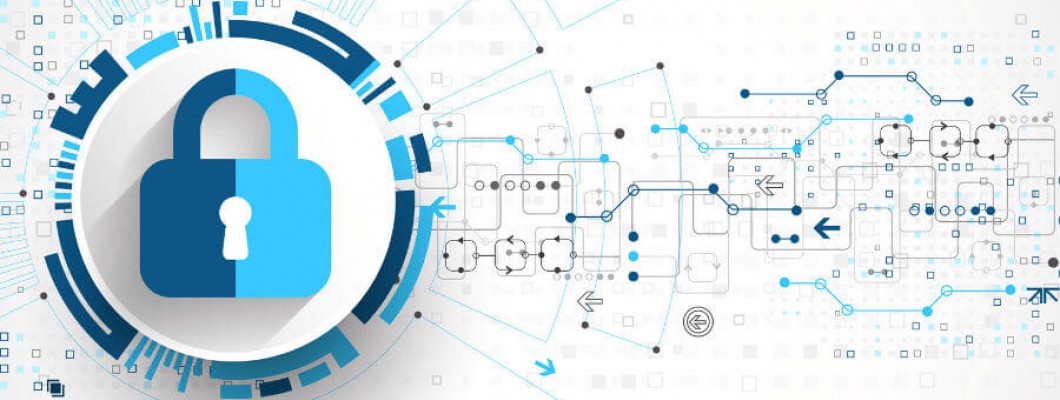
In the field of computer security, local copying is an excellent starting point but it is not the only aspect to consider in order to keep your data safe. As one wonders how to increase the security of data that is stored on company or home computer devices, it is a good idea to stop and think carefully about some key aspects in order to develop a solution that is suitable and long-lasting:
What to secure
Anyone who uses a computer device produces a series of files, these files can contain everything, as everyone knows by now, from pdf documents, word excel for those who use MS Office, Writer and calc for users who use LibreOffice, as well as music, video images, photographs, etc.. It doesn't matter what we have copied or downloaded or from where but it does matter what we have actually collected on our devices. Usually this collection is stored on the local hard disk of the computer you are using and especially for MS Windows users in the folder of the active user on your system. This means that in order to have some security in the storage of our computer data it would be sufficient to copy the folder for the active user to an external data storage drive which can be an external USB hard disk or another computer or rather a NAS. This is complicated for devices such as Android Smart phones for which the user concept is a bit ephemeral, or for various reasons that do not mean that here, security first and foremost, android applications save data in predefined folders or locations that are not set up for manual access by the user. Copying data from these devices therefore makes it necessary to adopt software that retrieves the data and does the dirty work on our behalf. But if up to now the subject of copying data has seemed easier said than done, you should know that there are ways and means to make life easier with whatever device you are dealing with. In everyday life, the use of a digital device often produces more data for the automation of the operating system itself and its applications than we produce ourselves for our own creative needs. This means that in the end the data we really need to secure are few compared to the data actually present on our own users. Once the situation is in focus, all we need to do is to order our own storage and production folders well to have what really matters under control and to be able to continue our work on another system without trauma. In other words, for many of us Windows users all we need to do is to secure the contents of the following folders:
C:\User-user-activatedDeskTop\
C:\Users-User-active-user-activators-documents
C:\Users-User-active-user-activist
C:\User-user-activated appdata\ (Default Hidden Folder)
From which devices copy the data we want to keep safe:
Clearly it depends on the devices you normally use, if you have only one computer, one device in your private environment, all you need is a small NAS storage server with simple automation for daily copying of your production data and perhaps a monthly cloud replication. If the situation includes at least a couple of fixed workstations and 2 or more between smartphones and tablets you will need a slightly more powerful server both in terms of speed and storage capacity.
How to determine the capacity required on the new server:
Usually one way to determine the ideal capacity of a new storage server is to multiply by 2 the sum of the total data capacity from all the storage devices on the local LAN. Clearly, in situations where there are several workstatins, it will be sufficient to estimate the sum of the folders size of the active users on the workstations, not counting the space occupied by the operating system.
If the idea of being able to restore a previous version of any of our documents modified or even deleted erroneously, makes us happier, we will need to quantify a quantity of space also for the versions stored by the synchronization service if present on our NAS server. This type of service, also called multiversioning, is a prerogative offered by few platforms and it is advisable to understand well the version management mechanism before adopting this or that manufacturer for our security project.
How to defend our data from Intrusions and malware / ransomware attacks on the local LAN:
The answer to this need is a good 50% in the multiversioning service adopted while for the remaining 50% is the antivirus that is at the forefront in blocking similar attacks. Also here not all antivirus are the same and not all have an uncompromising approach to isolate ramsonware threats in advance. Personally, I have always considered Comodo Antivirus one of the best solutions for this kind of problem.
How to protect our digital life from fire theft or physical destruction of servers:
This aspect of security can be solved by copying our local backups from our storage servers to the cloud. Once we have an encrypted copy of our backups in the cloud or at a remote data centre, we can say that we have a comprehensive and reliable data security policy in place to deal with 99.9% of existing threats.
Fortunately, these latter aspects of physical security and data protection can now be largely resolved by a multitude of services and products that are now more than mature. To get a more objective idea of your real needs, feel free to contact us for any information on the cost of the solutions we offer.

Leave a Comment